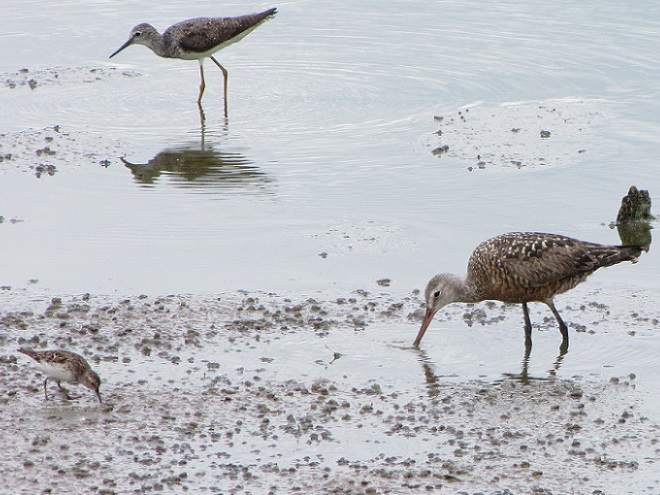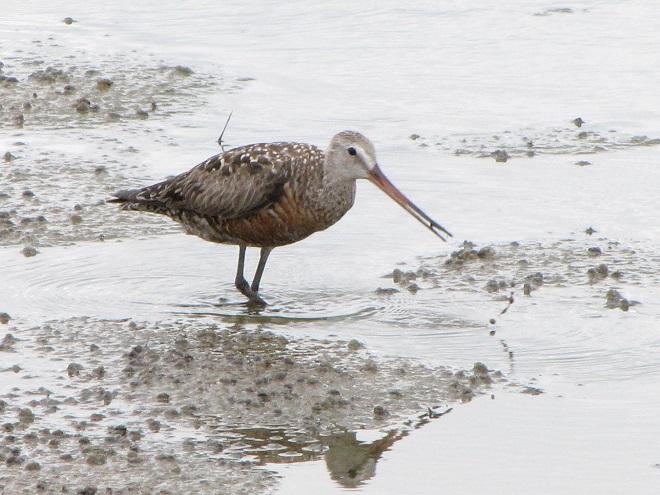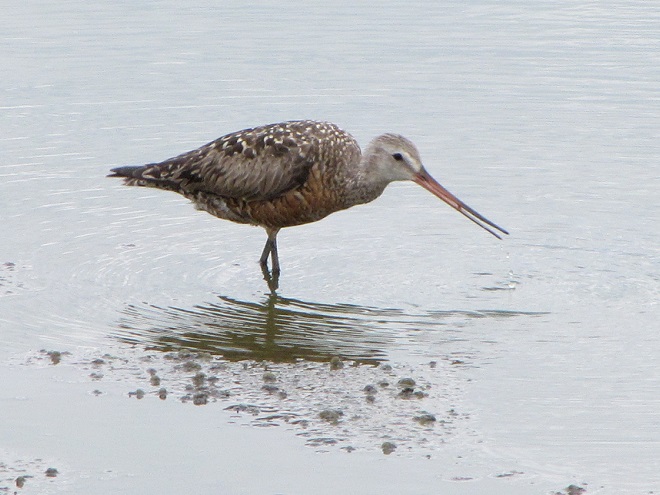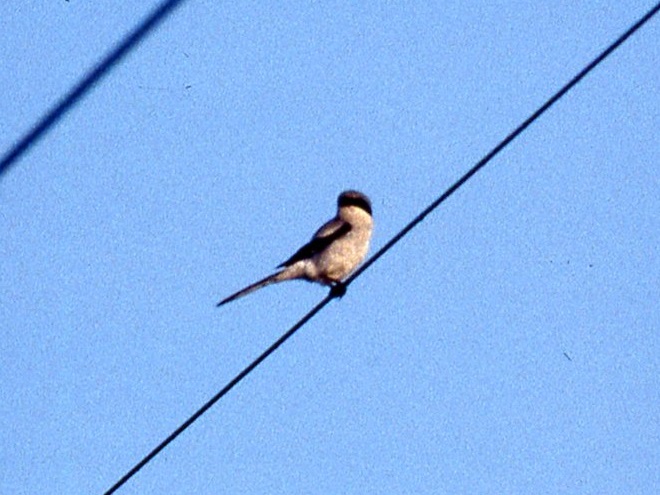Visitors stopping by Middle Creek Wildlife Management Area this week found yet another post-breeding wanderer feeding in the shallows of the main lake and adjacent pond along Hopeland Road—a juvenile Little Blue Heron.
The juvenile Little Blue Heron is a white bird resembling an egret during its first year. At about one year of age, it begins molt into a deep blue adult plumage. Young birds are notorious for roaming inland and north from breeding areas along the Atlantic coast and throughout the south. They are a post-breeding wanderer nowhere near as rare as the Limpkin seen at Middle Creek a week ago; a few are found each summer in the Lower Susquehanna River Watershed.

As oft times happens, birders attracted to see one unusual bird find another in the vicinity. So with fall shorebird migration ramping up, the discovery of something out of the ordinary isn’t a total surprise, particularly where habitat is good and people are watching.

The arrival of a Hudsonian Godwit is not an unheard of occurrence in the lower Susquehanna region, but locating one that sticks around and provides abundant viewing opportunities is a rarity. This adult presumably left the species’ breeding areas in Alaska or central/western Canada in recent weeks to begin its southbound movement. Hudsonian Godwits pass through the eastern United States only during the autumn migration, and the majority fly by without being noticed along a route that mostly takes them offshore of the Mid-Atlantic States.







